Acid Arctic Ocean and Russell Brand?
Is ocean acidification a term you are familiar with? If you are a regular Ice Blog reader, I would like to think you will be. But I am prompted to ask this question because the term came up during a discussion at a weekly evening class I attend, and I was flabbergasted that none of the people there had a clue what it meant. These were all university-educated professionals. That means we in the media have our work cut out for us explaining how climate change is making the seas more acidic, and why this is something we should be worried about.
This incident has reminded me that we journalists have to avoid assuming that everyone is familiar with the terms we use in our coverage on a regular basis. Climate change is the kind of topic where you want to reach a specialist audience, but also the vast majority of the population. We all have to change our habits to reduce CO2 emissions, and we all have to vote for the politicians who have the responsibility for energy and environment policy. That means we need to talk about the problems in a way everybody understands.
I am encouraged to see the BBC website had a longer article on the threat of ocean acidification a few days ago. I don’t think it has made its way into the tabloids though, correct me if I am wrong.
I was made very aware of the issue during a trip to Arctic Spitzbergen in 2010 with a team of scientists monitoring just what happens to the life forms in the sea when it becomes more acidic because it is absorbing so much of the CO2 we emit. The polar regions are suffering more than others, as cold water absorbs CO2 faster.
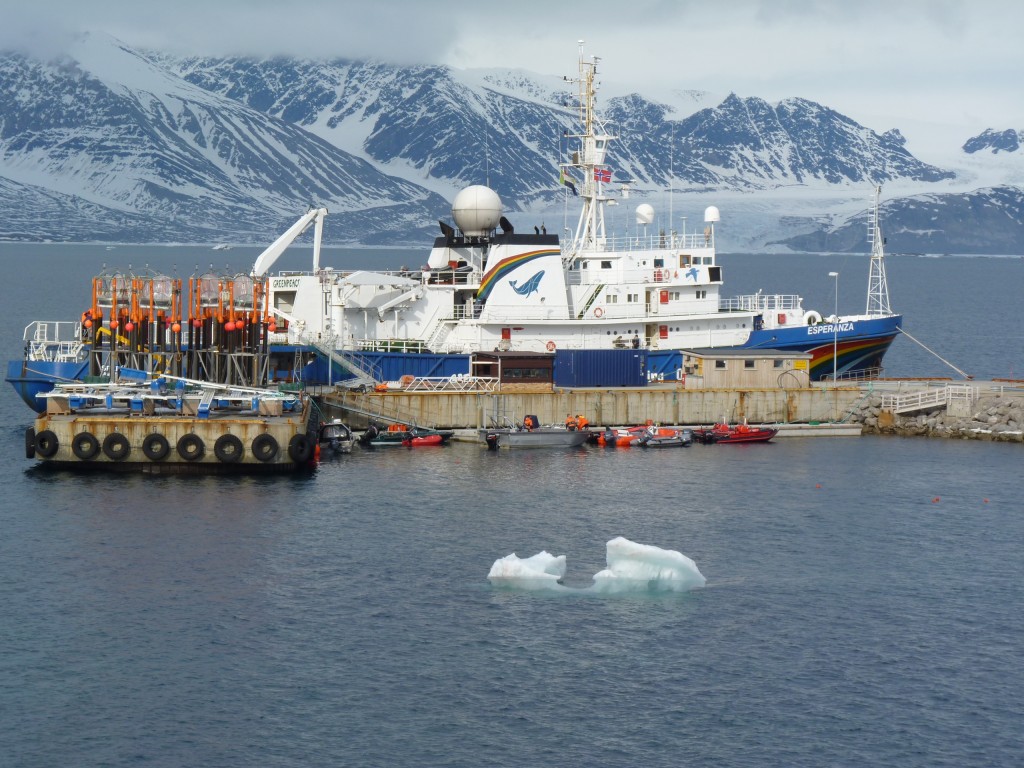
Greenpeace provided scientists with logistic support for the ocean acidification experiments off the coast at Ny Alesund, Spitzbergen. (Pic: Irene Quaile)
Towards the end of last year, I interviewed Professor Alex Rogers from the University of Oxford, who is also the scientific director of the International Programme on the State of the Oceans, which had just published a major study on acidification.
Listen to the interview:
He told me: “The oceans are taking up about a third of the carbon dioxide we’re producing at the moment. While this is slowing the rate of earth temperature rise, it is also changing the chemistry of the ocean in a very profound way.”
Carbon dioxide reacts with sea water to form carbonic acid. Gradually, this makes oceans more acidic.
Threat to marine life
Sea water is already 26 percent more acidic than it was before the onset of the Industrial Revolution. According to the IPSO report, it could be 170 percent more acidic by 2100.
Over the last 20 years, scientists around the world have been conducting laboratory experiments to find out what that would mean for the flora and fauna of the oceans. Ulf Riebesell of the Helmholtz Institute for Ocean Research in Kiel, a lead author of the report, conducted the world’s first experiments in nature, off the coast of the Arctic island of Svalbard in 2010. This was the project I visited.
Giant test-tubes were lowered into the ocean to capture a water column with living organisms inside it. Different amounts of CO2 were added to simulate the effects of different emissions scenarios in the coming decades. The experiments showed that increasing acidification decreases the amount of calcium carbonate in the sea water, making life very difficult for sea creatures that use it to form their skeletons or shells. This will affect coral, mussels, snails, sea urchins, starfish as well as fish and other organisms. Scientists say some of these species will simply not be able to compete with others in the ocean of the future.
Hard times for coastal residents
All this will have severe economic and social consequences. Ultimately, acidification will affect the food chain. Tropical and sub-tropical areas with warm-water corals are going to suffer. Coral reefs are home to numerous species, serve as nurseries for fish and are a valuable tourist attraction. They also protect coastlines against waves and storms.
At the same time, the polar regions are suffering more than others, as cold water absorbs CO2 faster. Riebesell told me the experiments in the Arctic indicate that the sea water there could become corrosive within a few decades. “That means the shells and skeletons of some sea creatures would simply dissolve.” What a horrific prospect.
The Antarctic is already affected. IPSO’s Alex Rogers told me: “We’re seeing instances where we’re finding tiny shelled molluscs, tiny snails that swim in the surface of the oceans, with corroded shells.”
These creatures play a key role in the marine food chain, supporting everything from tiny fish to whales. “One of our primary sources of marine-derived protein is in rapid decline,” says Monty Halls, manager of the UK-based Shark and Coral Conservation Trust. He describes ocean acidification as the “most serious threat to our children’s welfare.” Monty is working to produce video and cartoon material to interest the younger generation in the need to change our behavior to protect marine life.
Two German scientists Antje Funcke and Konstantin Mewes have written and illustrated a children’s story called Tipo and Tessi to make kids aware of the need to protect the ocean. So far, it has only been published in German. The English translation is available, but so far there is a lack of funding for publication.
Vicious circle of climate change
Scientists are also concerned about a feedback effect that will further exacerbate global warming. In the long run, the ocean will become the biggest sink for human-produced CO2, but it will absorb it at a slower rate. That means the more acidic the ocean becomes, the less capacity is has to act as a buffer.
Alex Rogers sees a further problem: “Carbonate structures actually weigh down particular organic carbon. In other words, they help carbon to sink out of the surface layers of the ocean into the deep sea. Anything that interferes in that process can potentially accelerate the rate of CO2 increase in the atmosphere.”
And that would be very dangerous. “The rates of CO2 increase we are seeing at the moment are probably as high as they’ve been for the last 300 million years,” says Rogers.
The IPSO scientists draw an unsettling comparison between conditions today and climate change events in the past that have resulted in mass extinctions. They say a lot of these major extinction events occurred in connection with high temperatures and acidification, similar effects to the ones that we are experiencing today.
The BBC article I mentioned earlier also mentions new research by scientists at Exeter University, indicating that increasing acidity creates conditions for animals to take up more coastal pollution, like copper. That would mean not only creatures with calcium-based shells would be endangered.
Find a celebrity champion?
The experts stress that it is not too late to halt the acidification process, although the CO2 will remain in the oceans for thousands of years. This brings me back to the topics of recent Ice Blog posts: the UN climate negotiations and the need for urgent action. And of course, to the mention in the title above of the British comedian Russell Brand. This relates to another issue I have been writing about recently: the question of celebrity involvement and whether that can help inform people about and interest them in topics like climate change and the acidification of our oceans. My commentary on this, with regard to Leonardo di Caprio at Ban Ki-moon’s September summit in New York, sparked some interesting discussions.
Just this morning I was reading about Russell Brand and how his new book calling for a revolution on all kinds of issues is attracting huge interest. I have noticed that people otherwise completely uninterested in politics and social issues are at least paying some attention because their favourite comedian is talking about them. Maybe we have to get Russell Brand on board. I’m not sure what kind of action he would advocate, but there would certainly be a lot fewer people who could say they’d never heard of ocean acidification.
Polar melt confirmed from space
I am disappointed that there was so little mainstream media coverage (please correct me if I am wrong) of a report from a team of scientists from Germany’s Alfred Wegener Institute (AWI) in Bremerhaven who have analysed just over two years of data from the CryoSat-2 satellite. Their conclusion that the Greenland ice sheet and Antarctica’s glaciers are melting at record pace, dumping some 500 cubic kilometers of ice into the oceans every year, twice as much in the case of Greenland and three times as much in the case of Antarctica, by comparison with 2009 – yes, you read right, we are talking about a very short period for such a dramatic increase in ice loss – should have made more news headlines and not just the science pages.
To understand the scale of that, the researchers say it would be the equivalent of an ice sheet that’s 600 meters thick and covers an area as big as the German city of Hamburg – or, my colleagues here at DW calculate, as big as Singapore.
The research team headed by Veit Helm used around two years’ worth of data from the ESA CryoSat-2 satellite to create digital elevation models of Greenland and Antarctica. The results were published in the online magazine of the European Geoscience Union (EGU) The Cryosphere.
“The new elevation maps are snapshots of the current state of the ice sheets,” Helm says. “The elevations are very accurate, to just a few meters in height, and cover close to 16 million square kilometers of the area of the ice sheets.” He says this includes an additional 500,000 square kilometers that weren’t covered in previous elevation models from altimetry.
Space technology shows declining ice mass
Helm and his team analyzed all data from the CryoSat-2 radar altimeter SIRAL in order to come up with the detailed maps. The satellite with this new radar equipment was launched in 2010. Satellite altimeters measure the height of an ice sheet by sending radar or laser pulses which are then reflected by the surface of the glaciers or surrounding areas of water and recorded by the satellite.
The researchers used other satellite data as well to document how elevation has changed between 2011 and 2014.
Rapid ice loss over a short period of time
The team used more than 200 million SIRAL data points for Antarctica and some 14 million data points for Greenland to create the elevation maps. The results show that Greenland alone is losing around 375 cubic kilometers of ice per year.
Compared to data which was collected in 2009, the loss of mass from the Greenland ice sheet has doubled. The rate of ice discharge from the West Antarctic ice sheet tripled during the same period.
I think this is definitely worth talking about. We know the huge implications of polar ice melt for global sea levels. Other research from this year also tells us that, at least in the case of parts of Antarctica, the ice melt is probably irreversible.
We cannot afford to ignore what is happening to the ice sheets. The extent of ice loss in Greenland is particularly dramatic. I am losing patience with those people who respond to studies like this and our reporting on it by saying “but the East Antarctic is gaining volume” and “the Antarctic sea ice has grown”. It is so easy to take things out of context and mix different factors up when trying to understand a very complex system.
I will give the last word here to AWI glaciologist Angelika Humbert, who co-authored the study: “If you combine the two ice sheets (Greenland and Antarctic), they are thinning at a rate of 500 cubic kilometers per year. That is the highest rate observed since altimetry satellite records began about 20 years ago.” It seems to me there is no arguing with that.
Related stories:
Antarctic melt could raise sea levels faster
West Antarctic ice sheet collapse unstoppable
Climate change risk to icy East Antarctica
Antarctic Glacier’s retreat unstoppable
Arctic thaw – carry on regardless?
When a colleague who has a lot of sympathy for those who do NOT accept that humans are responsible for global warming drew attention to the fact that this had been the hottest June on record, following hard on the hottest May, I must admit I was temporarily put of my guard. Aha, I thought. Is he finally getting the message? Alas, the answer is no. There is a small minority of people that still argues – for whatever reason – that natural variation could be responsible for all this, while acknowledging the record concentration of CO2 in the atmosphere. “And all that stuff”. Hm.
![]() read more
read more
Emperor Penguins in Distress
It has been a busy week for me here at DW, and unfortunately I was not able to do justice to the latest research on the likely fate of the Emperors down at the far south of the planet in the form of some interviews or a detailed article. Before I head off to a seminar tomorrow, I want to make sure the Ice Blog does not neglect our majestic friends in the Antarctic. Fortunately, Tim Radford from the Climate News Network has summed up the story: ” Loss of Antarctic sea ice through climate change threatens the emperor penguin’s habit to such an extent that scientists say it should now be made an iconic symbol – like China’s endangered giant panda – of the wildlife conservation movement” . Thanks Tim, Alex and all at the Climate News Network who keep us up-to-date on so many important climate issues. Thanks also to Dave Walsh for alerting to me to this study which, I am pleased to say, made its way into a lot of media outlets, if only briefly. Thanks also to Dave for the Belgian International Polar Foundation picture.
Allow me to quote at length from Tim’s summary:
“Global warming will this century take its toll of Antarctica’s most regal predator, the emperor penguin. There are now 45 colonies of this wonderful bird, but by 2100 the populations of two-thirds of these colonies will have fallen by half or more.
Stéphanie Jenouvrier, a biologist at the Woods Hole Oceanographic Institution in the US, and colleagues from France and the Netherlands report in Nature Climate Change that changes in the extent and thickness of sea ice will create serious problems for a flightless, streamlined , survival machine that can live and even breed at minus 40°C, trek across 120 kilometres of ice, and dive to depths of more than 500 metres. The researchers took all the data from 50 years of intensive observation of one colony in Terre Adélie and used climate models to project a future for the other 44 colonies known in the Antarctic.
Decisive factor
They found that the decisive factor in emperor penguin survival was the sea ice. If the seas warmed and there wasn’t enough ice, then that affected the levels of krill in the southern ocean, and therefore reduced the available prey. It also made the penguins more vulnerable to other predators. If the opposite happened and there was too much sea ice, then foraging trips took longer and penguin chicks were less likely to survive.
Aptenodytes forsteri – the Linnean name for the emperor – is not in trouble yet, and its numbers may even grow in the years up to 2050. But this growth won’t last, and decline is likely everywhere. Climate change has already begun to affect penguin species much further north, in Argentina, by taking toll of young chicks.
Endangered class
For different reasons, the average rise in global temperatures forecast by the Intergovernmental Panel on Climate Change (IPCC) could push the emperor into the endangered class.
“If sea ice declines at the rates projected by the IPCC climate models, and continues to influence emperor penguins as it did in the second half of the 20th century in Terre Adélie, at least two-thirds of the colonies are projected to have declined by greater than 50% from their current size by 2100,” Dr Jenouvrier said. “None of the colonies, even the southernmost locations in the Ross Sea, will provide a viable refuge by the end of the 21st century.”
The researchers end their paper by arguing that the emperor should – like the giant panda in China – become an icon for the conservation movement. They conclude: “We propose that the emperor penguin is fully deserving of Endangered status due to climate change, and can act as an iconic example of a new global conservation paradigm for species threatened by future climate change.” – Climate News Network.
– Yet another worrying piece of evidence on how human-made climate change is threatening the biodiversity of the planet, even in that “last bastion” of the Antarctic. The question is whether those iconic examples of species under threat from climate change like the penguins and their northern counterparts the polar bears are doomed to disappearance or whether their plight can really prompt the kind of lifestyle change and political and economic turnaround we need to put the brakes on climate change. I wish I could say I felt optimistic and had heard more than a lot of sympathetic “awwww”s in response to this latest distressing piece of penguin news.
See also:
West Antarctic Ice Sheet collapse unstoppable
Climate Risk to Icy East Antarctica
Ice Blog Post: Will the Antarctic share the Arctic’s Fate?
Climate talks at glacial place?
Who would have believed it? It has been a long time since the routine UN climate talks in Bonn aroused much in the way of enthusiasm. Frustration or even despair were more likely the order of the day.
Since the debacle in Copenhagen in 2009, it has been hard to stir up any kind of optimism in the climate debate. The planet is heating up, CO2 emissions are still on the increase, the ice caps are melting, storms, floods and droughts are causing huge problems even for wealthy, industrialized nations.
At the same time the UN negotiations have been slithering along at glacial pace. One upon a time, that meant very slow. But with increasing warming, even the ice giants are on the move. The sea level is rising – and maybe even the UN climate talks are sliding into motion.
A glimmer of hope from the climate sinners?
In recent years, the UN summer meetings on the banks of the Rhine were at best good to fill a hole on a news-slack day. This time, it was different. Just before the talks started, US President Barack Obama got the “snowball” rolling with his announcement he would use the Environmental Protection Agency to impose tough restrictions on emissions from coal power plants.
It’s time for innovative solutions all round. Extreme weather at home has taught America to fear climate change. Obama wants climate action to be his legacy. That can only be a good thing for all of us.
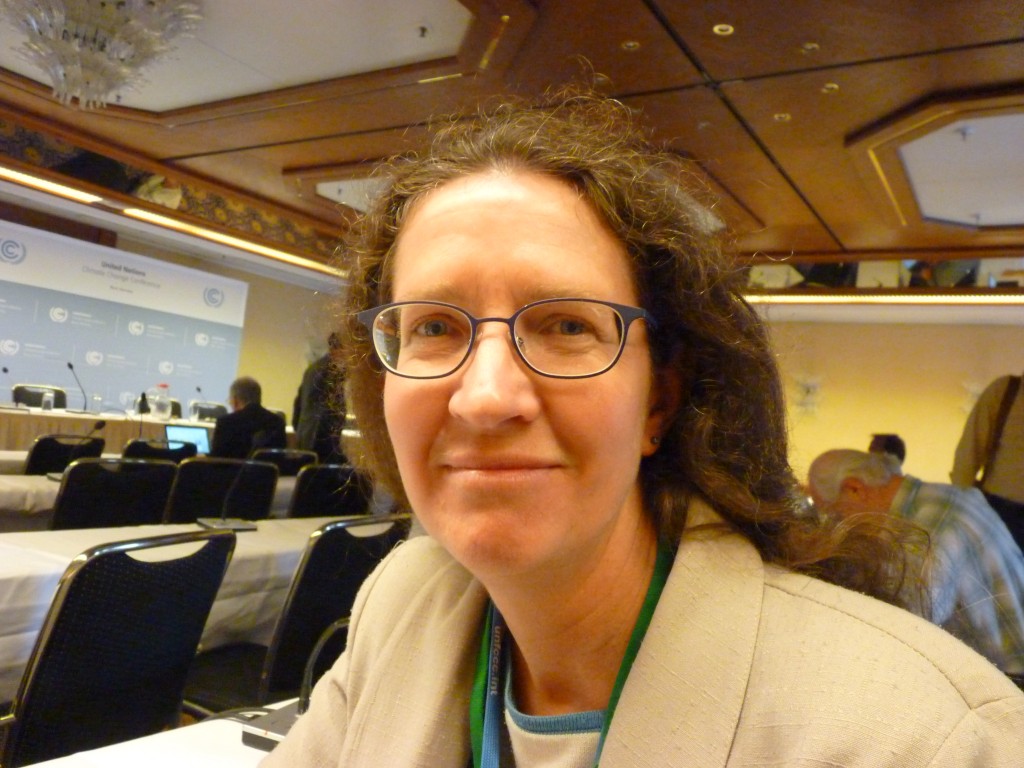
Pam Pearson, Director of the International Cryosphere Climate Initiative told me people in her home state Florida are more aware of the importance of the polar ice. (Pic: IQ)
When China then came out with the intention to cap its emissions, the world really had to sit up and take notice. Even the to-ing and fro-ing on how, why and when, or whether it was just the “personal opinion” of a high-ranking climate representative could not dampen the enthusiasm. For the first time ever, it looks as if the world’s two biggest emitters could actually be prepared to act.
Meanwhile more encouraging signs came out of India and Latin America.
Renewables on the ‘up’
At the start of the Bonn talks, a broad coalition of environment, human rights, indigenous and women’s groups demonstrated outside the conference venue for a worldwide switch to renewable energies. By the end of the talks, 60 countries had signaled support for a 100 percent switch by 2050. German Environment Minister Barbara Hendricks had to admit Germany was not making its targets right now, but would introduce new measures to reach its ambitious goal of a 40 percent emissions reduction by 2020.
If the EU could also bring itself to increase its targets and regain its old position as a climate leader, if the energy crisis caused by the Ukraine dispute could convince politicians that renewable energy is the key to energy security and independence, Europe could well be on its way to hosting a conference that will give birth to a new global agreement.
And even if the UN structures cannot move fast enough: renewable energies are on the rise. UNEP figures show more investment in renewables in the last year than in oil, coal and gas together. Even outside the UN context governments, companies and consumers are finding reason enough to reduce fossil fuel consumption. All is not yet lost for the melting icecaps. The climate snowball is gathering speed.



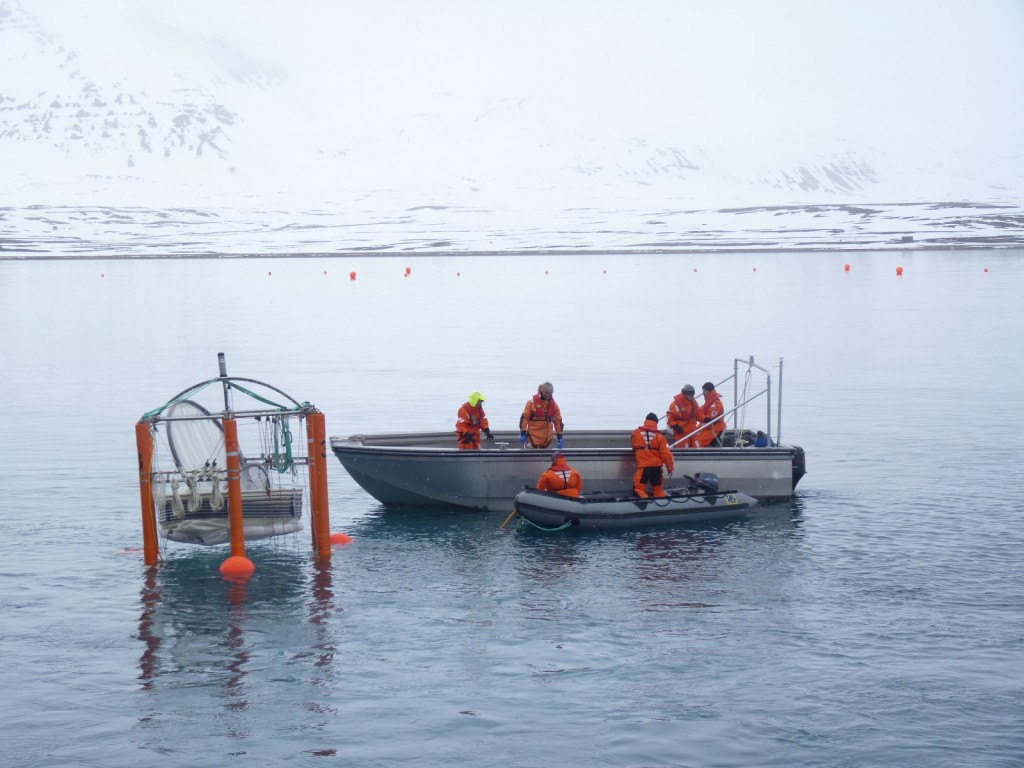
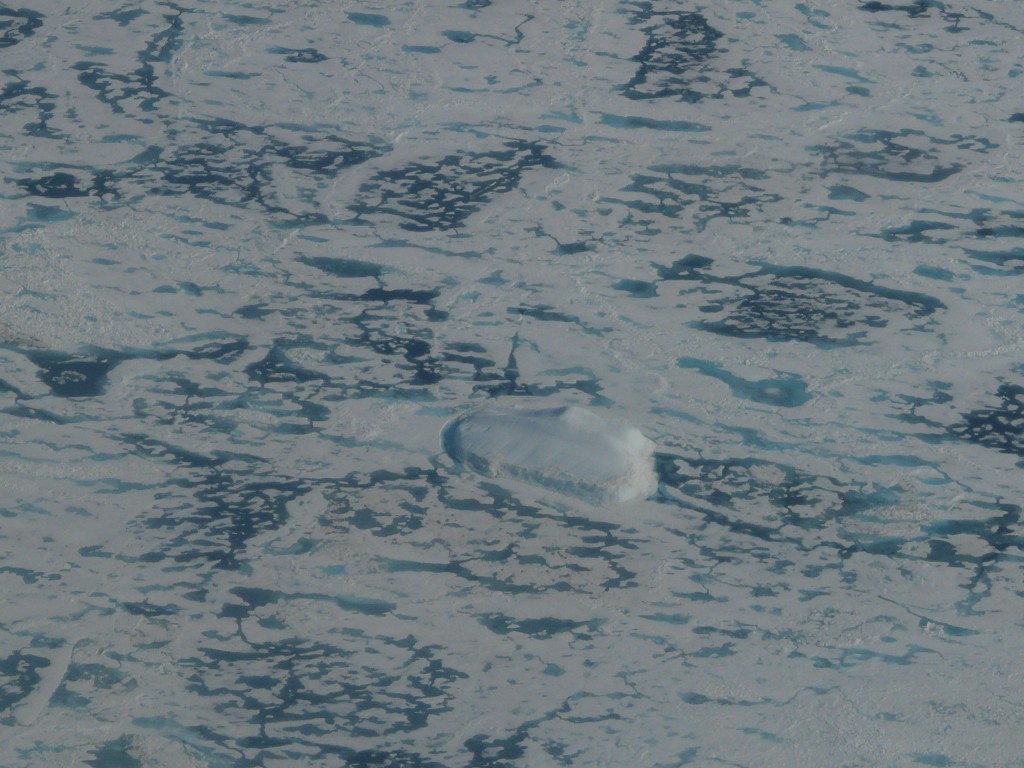

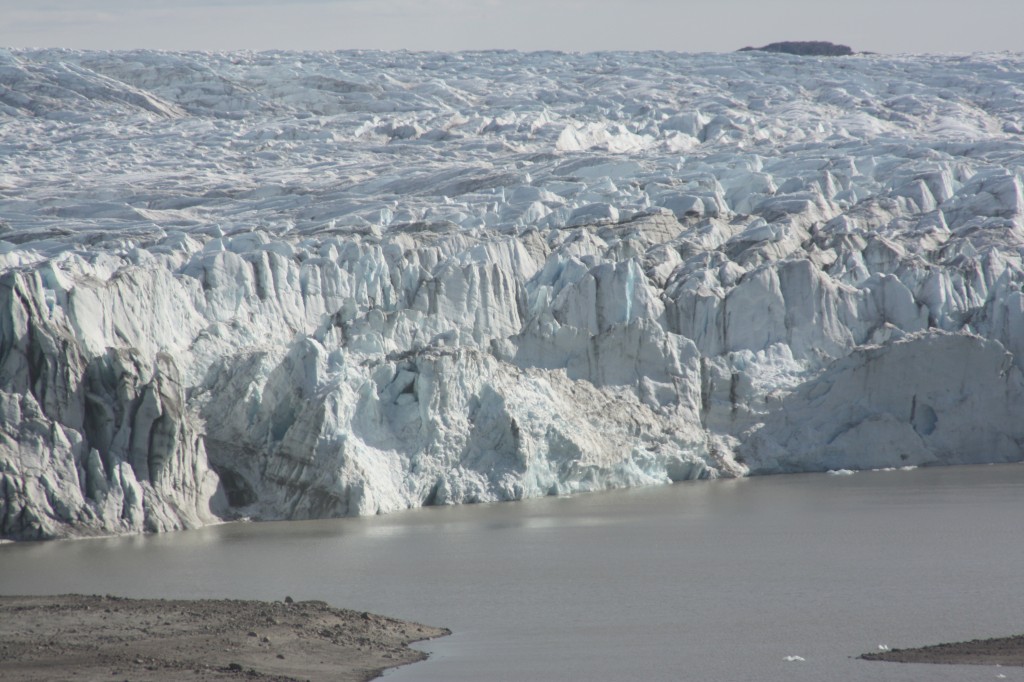
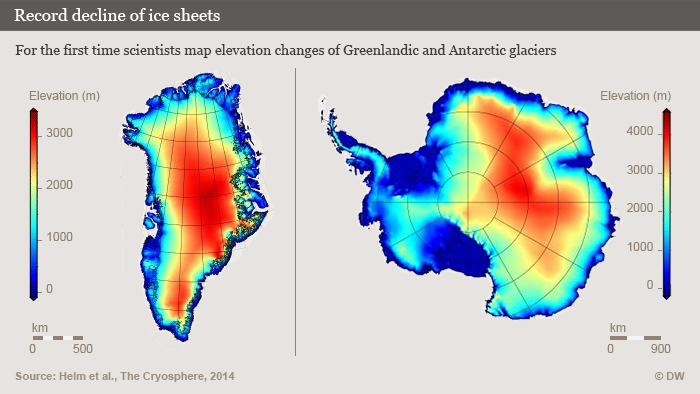
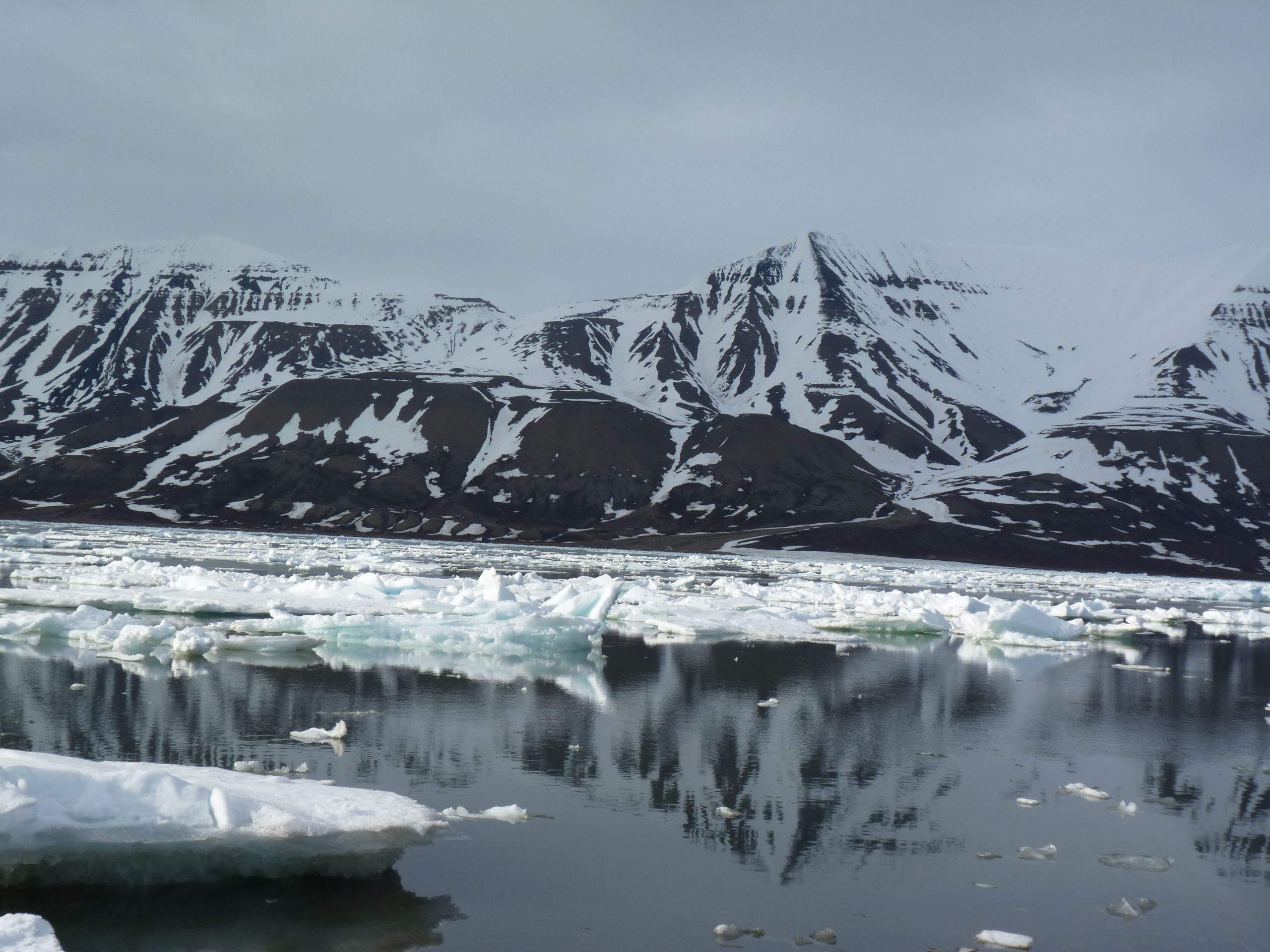
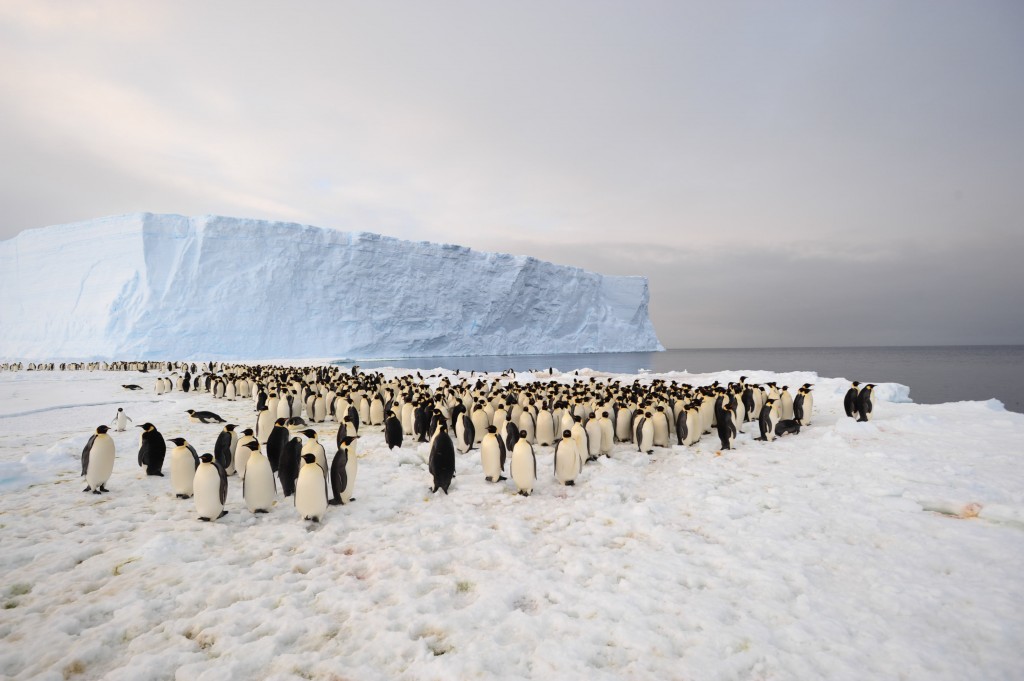
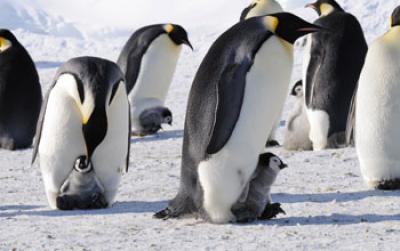
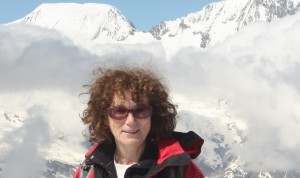
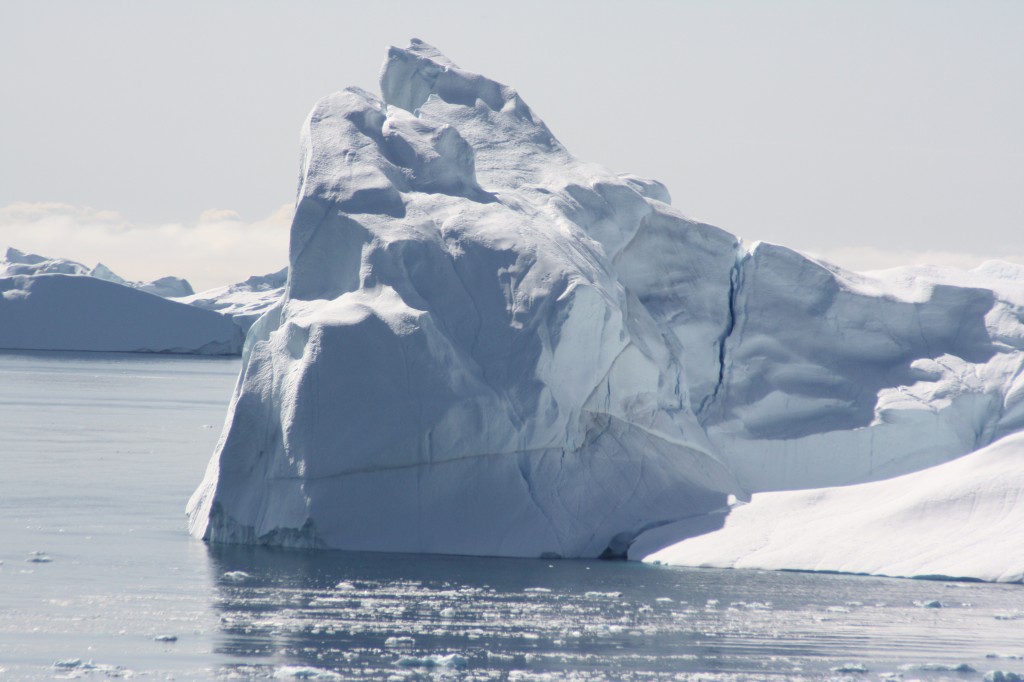
















Feedback